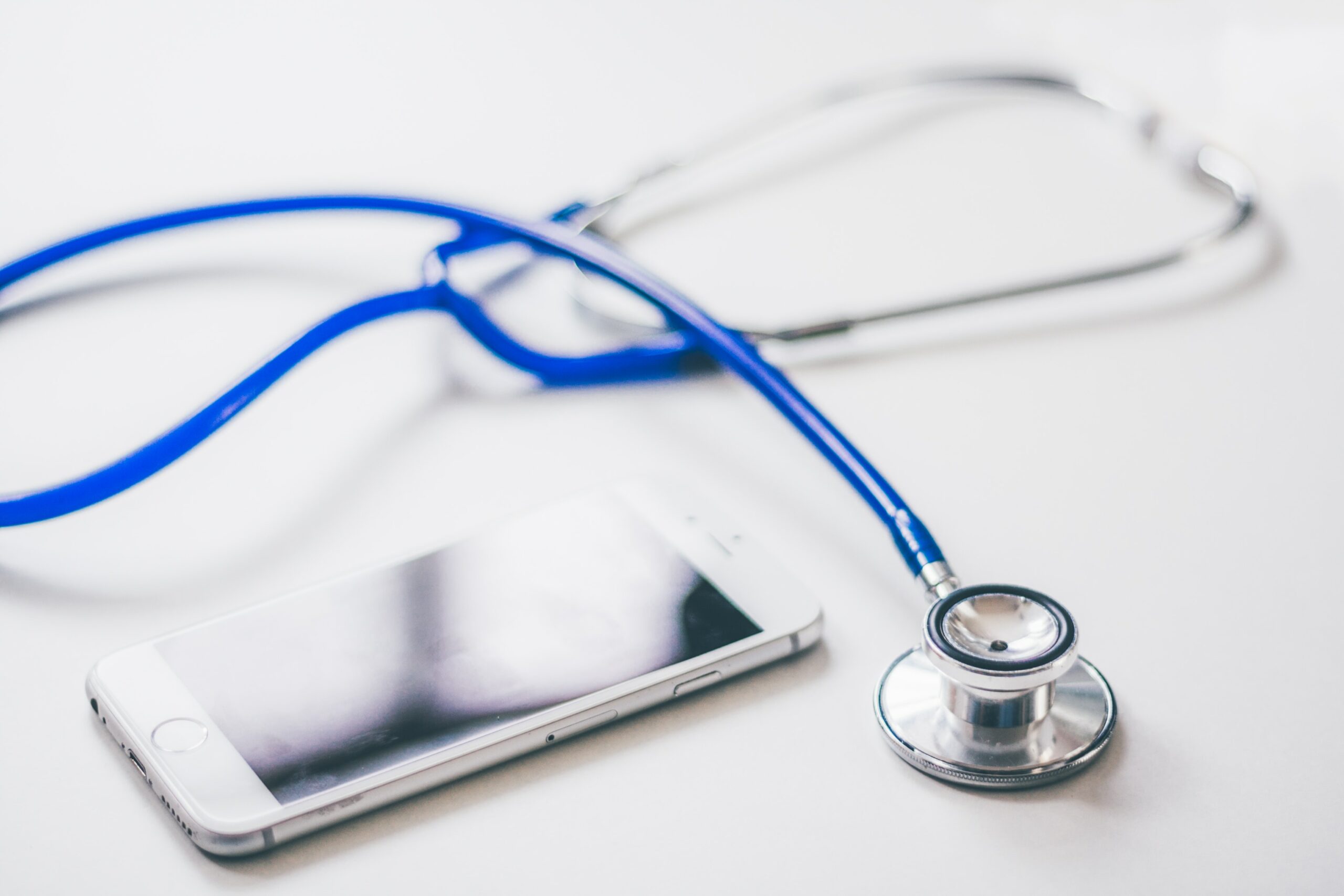How 5G Will Change The World & Its Impact On Connected Apps
We’re on the cusp of what will be an extraordinary change, thanks to new mobile Internet technology – with many asking “how 5G will change the world” the simple answer is through faster mobile bandwidth, thus enabling unprecedented data exchange. However, this is only part of a complex equation.
Don’t worry: we’re not roping you into some advanced math class lecture. We, and many others, see a whole new realm of possibility opening up for mobile apps. By understanding a bit of how this technology works, you’ll gain some insight as to why it’s an improvement over 4G and previous generations. From there, we can discuss how it will specifically help different industries through mobile apps and beyond.
What is 5G and how does it differ from previous generations?
A 5G network (i.e. “5G” referring to the fifth generation of mobile Internet”) is either already available or likely on its way to your area. Like each of its predecessors, with respect to each generation being replaced, speeds are faster experience less latency.
The signal relates to the radio frequency spectrum in use which correlates with the integrity of the connection, the number of users that can be supported, and the overall speed. T-Mobile will be using a low-bandwidth connection (the 600 MHz spectrum) but some connections will extend to take advantage of spectrum in the GHz range. The granular details are technical and complex – essentially, each bandwidth range a provider uses will experience trade-offs in speed, range, and penetration.
While we have millimeter-wave signals in use now (some with 4g, but mostly with WiFi) these will become more prevalent for mobile Internet in certain areas. Higher bandwidth signals don’t reach quite as far but they increase throughput (i.e. the amount of data transmitted in a given time) as well as increase the possible number of connected users. Compared to most 4G signals, 5G signals running in the GHz range can connect roughly 1 million users per square kilometer compared to the previous maximum of about 4,000. More devices experiencing ultra-fast speeds compared to today’s norm will be perhaps one of the most significant ways in how 5G will change the world.
Without going into radio wave discourse, what this means is a 5G mobile connection allows for much greater connectivity than 4G, with less latency, and in some cases, better connectivity because of frequencies in use.
How 5g will change the world – a look at different industries
From daily life to the impact on industries, the ways 5G will change the world are momentous. A “better” ecosystem for mobile Internet provides translates to improved efficiency for data transmissions between apps and servers, hence opening the doors to exponentially more computations. This means systems that process astonishing amounts of data – or have the capability to – will now have conduits that can effectively allow them to accomplish this feat.
Let’s look at some examples in what we feel will be the most impacted industries.
Transportation. From transportation fleets in the public or private sectors through independent self-driving vehicles, 5G connections will open the doors to more effective means of transit.
We previously discussed automation, covering how the transportation industry is expected to change with the advent of driverless vehicles. High-speed, low-latency connections improve navigation functions by rapidly transmitting map data and correlating GPS information with a central system that helps navigate the vehicle. While it’s currently possible for driverless cars to navigate long-distances, congested environments are still problematic. Precision movements that are needed to negotiate certain terrains are currently challenging – and in some cases, impossible – but 5G will change that.
For example, a driverless delivery truck trying to dock in a large would experience connectivity issues from the potentially large amount of users in the area connected to a mobile network in addition to challenges from the terrain and structures that block signals or diminish quality. An area equipped with GHz bandwidth in conjunction with a mobile app connected to 5G that’s responsible for operating the vehicle would be able to execute precision movements because of the way these high-bandwidth signals penetrate such barriers and quickly exchange information.
Upcoming vehicle-to-vehicle (V2V) and vehicle-to-infrastructure (V2I) will improve the exchange of information between active systems on roadways and furnish the ability for nearby vehicles to exchange information. In some cases, vehicles will directly transmit information between each other but in other cases, data will transmit back to repositories which will help both real-life drivers and autonomous vehicles make better decisions on the fly.
Diagnostic systems on vehicles that transmit data to the cloud-based systems that track the integrity of various components should make traveling that much safer. Let’s say a tire on your vehicle is reaching the point of bursting – onboard systems should be able to alert you in time, plus this information could be relayed to nearby drivers, allowing them to give the troubled vehicle some space.
Medical. In the medical world, 5G shows promising signs of revolutionizing healthcare from almost every level. As hospitals and medical service providers become “smarter” the application for high-speed, low-latency mobile networks will enable connected devices to analyze and respond to information in true real-time.
One such way we’re going to see how 5G will change the world with regards to medical is by improving pathology and diagnoses. A joint venture between Samsung and Korean Telecom (KT) Corporation furnished a dedicated, on-site 5G network at Samsung Medical Center (SMC) – this network enables doctors and surgeons to immediately access lab data from tissue and other samples taken from patients during exploratories or surgeries which is especially helpful for surgeons as they would typically need to wait for comparatively longer periods to receive such reports.
While dedicated networks will prove useful for medical facilities, public 5G networks will help people with medical functions in their everyday lives. One such way is with wearable tech – good examples of this is monitoring “at-risk” patients with heart disease who need constant monitoring of their vitals during their daily lives. Wearables collect data that is processed in an app running on a patient’s smart device and is then relayed over a 5G network to a medical provider in real-time which can alert staff in the case of perceived or real emergencies. There is also an application for wearables in psychiatric care as physiological changes can indicate changes to an individual’s psyche which is helpful both in assessing a patient’s triggers as well as for real-time intervention when a sudden shift in patient’s bodily functions could mean they’re experiencing a mental health episode.
Manufacturing. In much the same way 5G is poised to transform transportation and medical, the technology will have an abundant application for high-tech manufacturing. Smart factories outfitted with connected machines that need high-speed, low-latency connections to carry out operations – for example, manipulating mechanical arms used to assemble vehicles – will be able to carry out tasks faster and with more accuracy.
A problem that plagues many manufacturing facilities is the lack of a good Internet connection which results in an inability to functionally operate precision machines with a low tolerance for error, especially when a technician is attempting to operate such devices remotely. While internal networks can be built to facilitate a rapid and accurate exchange of information with on-site systems, companies using hybrid-clouds or completely cloud-based servers experience problems due to outside connectivity when using common Internet connection methods.
With 5G, companies will be able to “cut the cord” to properly equipped systems. Wired networks, especially in manufacturing settings, often require significant maintenance as connections corrode over time, switches can fail or experience acute issues with port flapping – just to name a couple of common problems – plus there is the inherent necessity of load-balancing needed for these internal networks to operate properly. Using 5G connected devices, companies can eliminate a substantial amount of wiring and network controllers in favor of 5G-based systems that can securely connect over a public mobile network or a dedicated network much like the example above at SMC.
Blue Label Labs is ready for 5G
Our agency welcomes opportunities for blue-sky thinking – we use all the tools at our disposal to pull grandeur ideas back to Earth to create viable products for digital marketplaces. Now that 5G is a reality, ideas that were once considered a pie-in-the-sky thought are now possible, thanks to the merits of the technology. Feel free to reach out to us to learn more about how we can develop your app for 5G a world.









